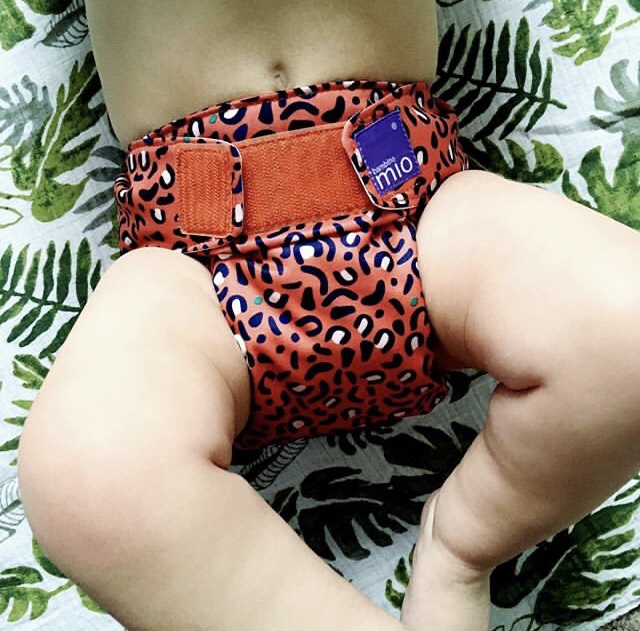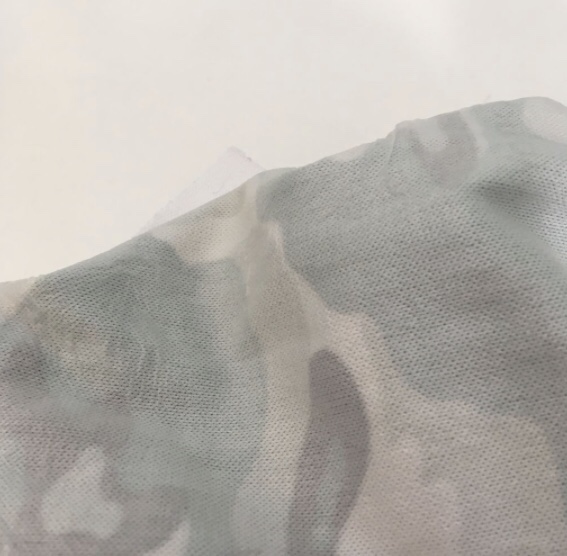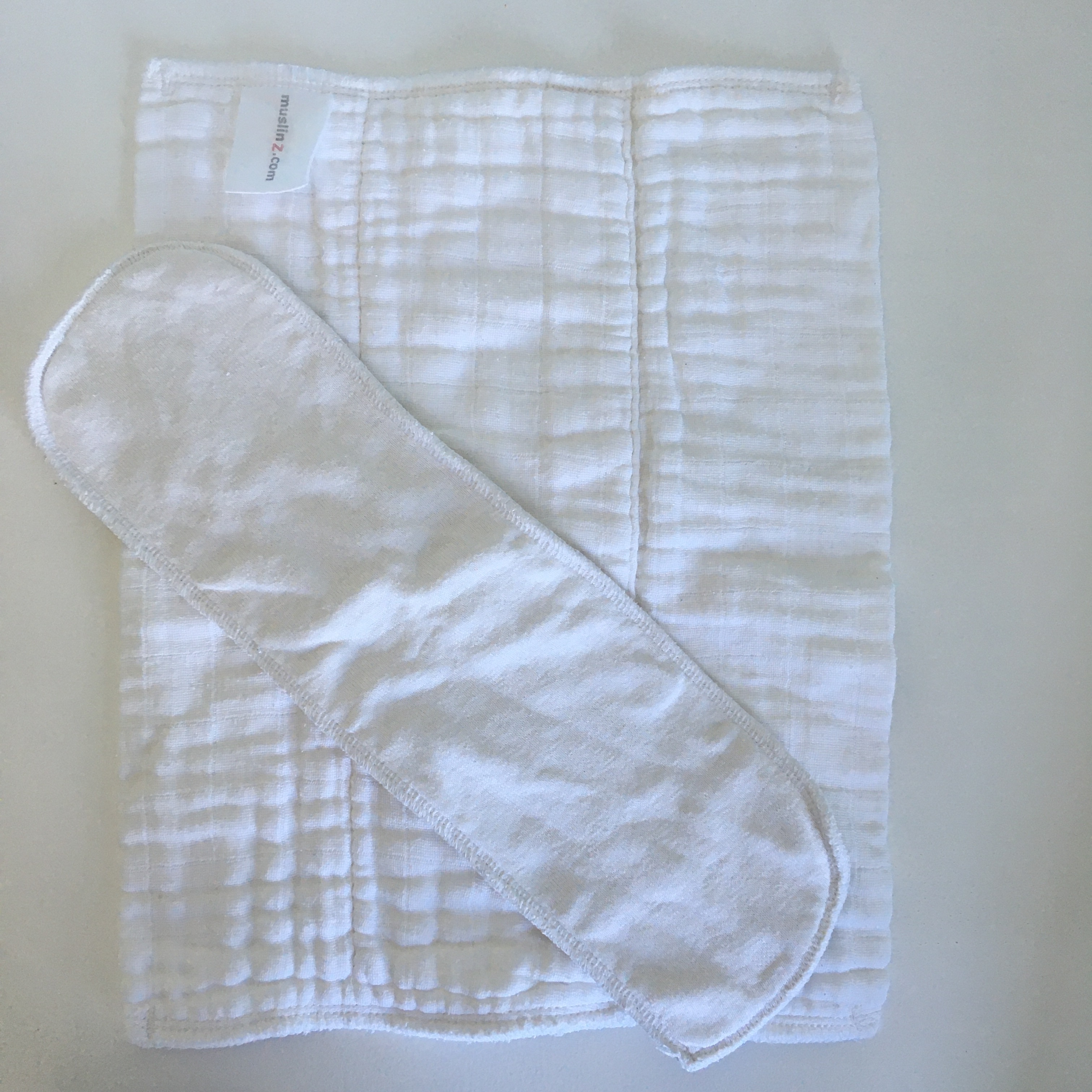Everyone suffers from the occasional nappy leak, whether using disposables or cloth nappies. Leaks are a common reason as to why some parents give up on cloth. This guide talks about the main reasons for leaky nappies and how to overcome them.
Fit
The first potential issue is to do with fit. Cloth nappies fit slightly differently to disposables. Once you know how to fit them correctly it is no more difficult than a disposable. Here’s a checklist to master that perfect fit:
- The leg elastics should be tucked into the knicker line. To help get them in the right place try pinching the nappy as you bring it up between the legs. Then you can run your finger around the leg elastics to push them into place.
- Cloth nappies sit a bit lower. Place the back of the nappy just above the bottom. The front should sit below the tummy button at least. You can use the rise poppers to help you get the correct length.
- If using the rise poppers there will be a bit of extra fabric at the front. For the vast majority of babies you just need to tuck this up by pushing your fingers up by the poppers. If your baby has particularly chunky thighs and you’re finding the legs are a bit tight then you can try pushing the fabric down instead which will loosen the leg holes.
- The waist should be fastened so you can easily get two fingers down the front of the nappy.
- Lastly have a quick check over to make sure nothing is sticking out of the nappy.

Compression leaks
Compression leaks occur with nappies that have microfibre as all or part of their absorbent part. Microfibre is highly absorbent, but like a sponge it will release liquid when under pressure. This pressure is particularly bad for carriers and car seats, but can also occur from everyday activities such as sitting. So nappies are made of a blend of fabric, the outer layers of the absorbent part might be natural (for example bamboo), but the inner could still be microfibre. Compression leaks can still occur with these. The simplest way to overcome compression leaks is to pair your microfibre with a natural fibre. Then when the microfibre is under pressure and liquid leaks out, the natural fibre will soak it up. Cotton, bamboo and hemp are all great for this.
Insufficient absorbency
Absorbency issues are slightly different. This simply means the absorbency is insufficient for your baby’s needs. Assuming you are changing regularly enough (2-3 hours is recommended), then you just need to add a booster. Hemp boosters are excellent for adding extra absorbency without adding bulk.
If your baby is slightly older you may find you have problems with ‘flooding’. As children begin to learn bladder control they will hold their wees, before letting out a larger wee. It can sometimes be difficult for a nappy to absorb this sudden volume of fluid instantly. Adding a cotton layer with help, either as a booster, prefold or simply an old flannel. Cotton is a very fast absorber.
Damage
Finally there could be an issue with the PUL. In my experience this is the least common issue, but the most often blamed. PUL damage can occur from excess heat or just the age of the nappy. You will normally be able to see the damage, either delamination when the two layers have come apart. Or you might be able to see small cracks in the PUL. I’ve done another post on PUL in more detail so please go check that out if you think it could be the culprit.

You can also see this guide, and many others, on my YouTube channel.

